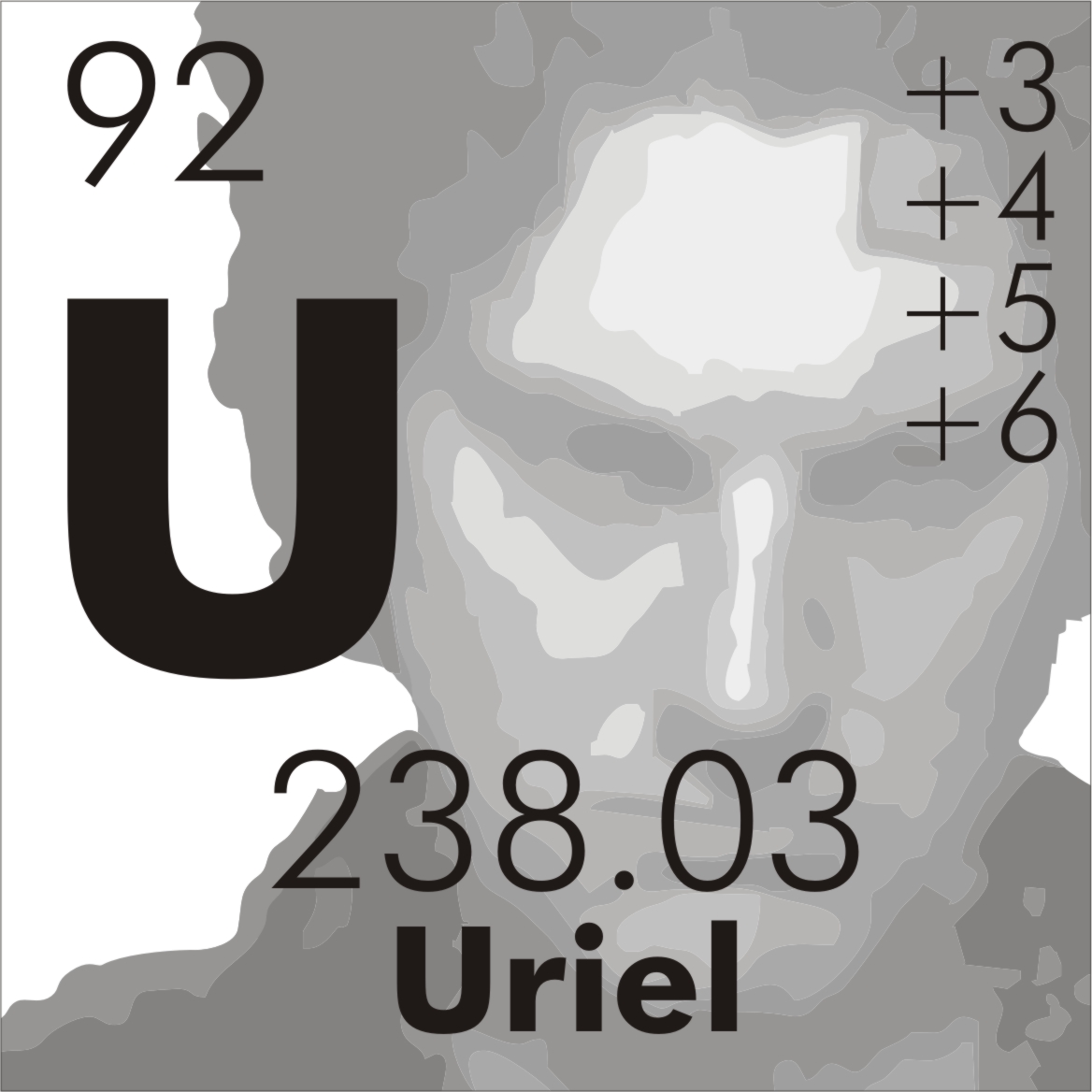Hi! Googling this question reveals the answer is yes, it does result in fusion.
As far as the output, according to this top result paper, that depends heavily on the size of the black hole, the size and speed of the accretion disk, and the medium from which the black hole is drawing (like a white dwarf vs interstellar gas).
From what I can make out–and I have no background–the author maps out results as high in weight as nickel.
Edit: grammar
I suppose the elements formed by fusion of hydrogen are pretty fixed. It’s mostly helium. Only the rate depends on the pressure and temperature of the fuel.
So I don’t know whether fusion happens in an accretion disk. But if it does, the elements formed are mostly helium, and a few other light elements at trace amounts.
This post on physics.stackexchange.com claims that hot accretion disks can reach 1012 K, hot enough for fusion to occur but not at rates that would make fusion a significant source of radiation from the disk.
It seems like it’s possible as far as I can tell. Not sure we’ve observed or measured it though.
I found this if you want to have a read. It’s a student paper just fyi. https://lup.lub.lu.se/student-papers/record/8912003/file/8912097.pdf&sa=U&ved=2ahUKEwiI5Y6UtvuAAxWtUUEAHaMABnwQFnoECAcQAw&usg=AOvVaw13N0qMT9dKTueE7-Dioqhf
My (flawed) understanding is the innermost rings of the accretion disk spin around the event horizon at nearly the speed of light, and it is friction (that is material collisions) that raise temperatures so high. So when a bunch of mass (say, a rogue asteroid) falls towards a black hole, it gets broken down and spaghettified by tidal forces and then combines into the accretion disk. As it moves towards the center, the friction creates a lot of light and heat which we can detect, and have called a quasar (a quasi-stellar object).
So it sure seems to fit all the parameters that make fusion likely. I can’t say if we’ve ever detected fusion within a quasar event.
Is that really why they’re called Quasars? I had no idea! TIL :-)
probably not. I don’t have anything to back this up other than I feel like this is highly implausible





